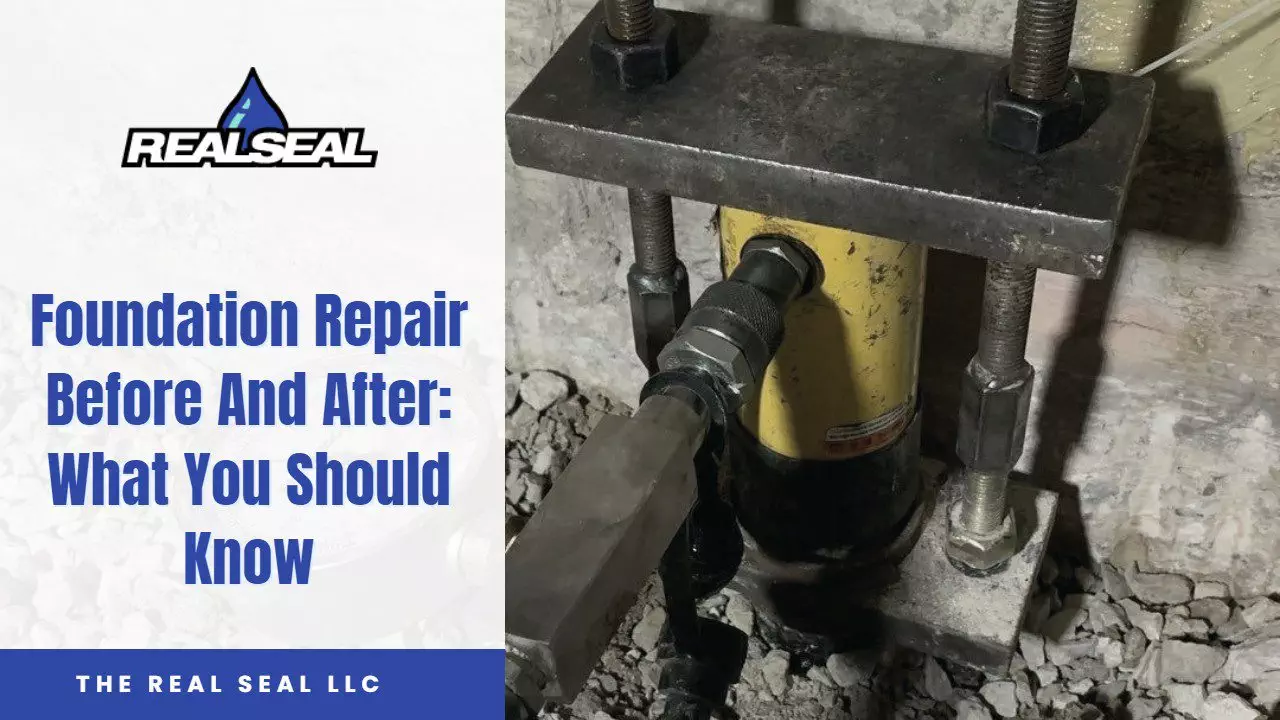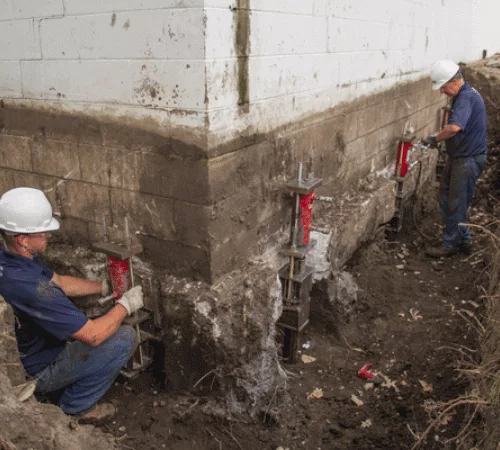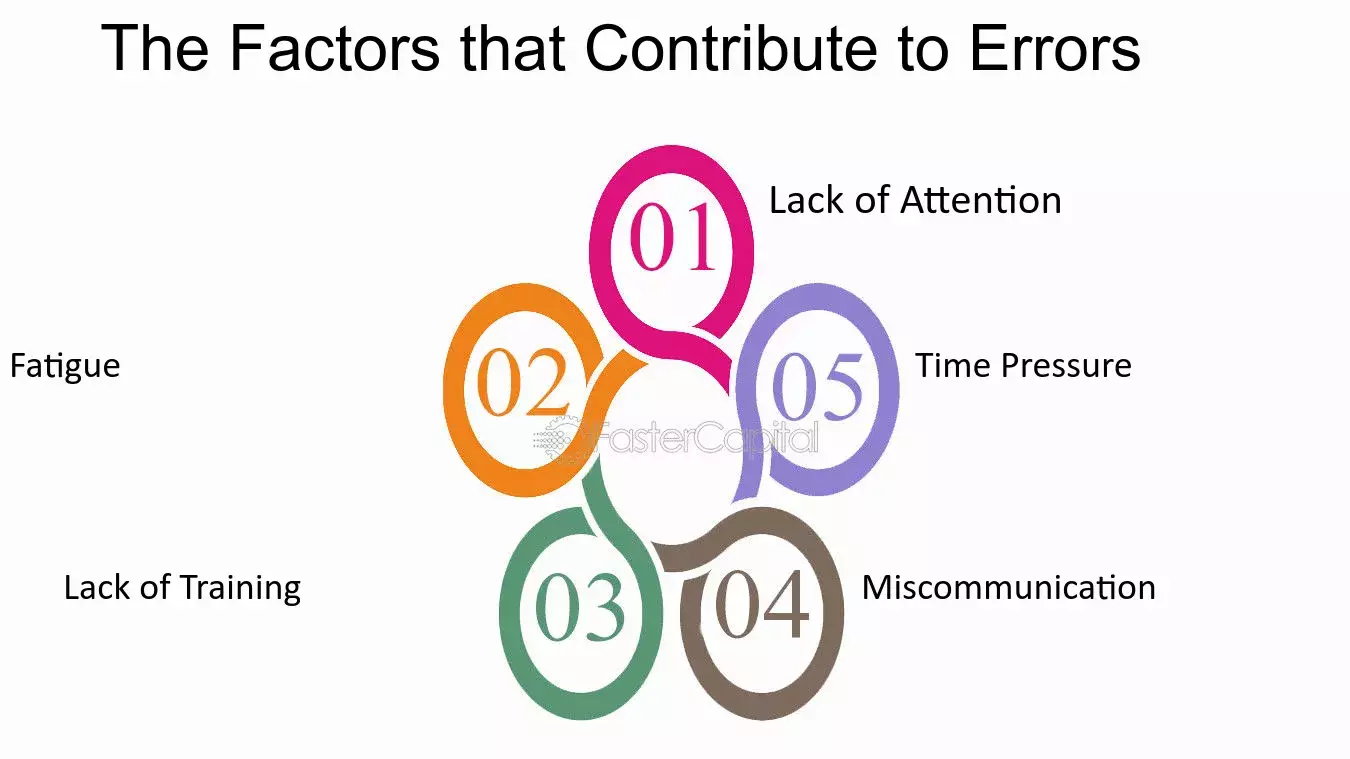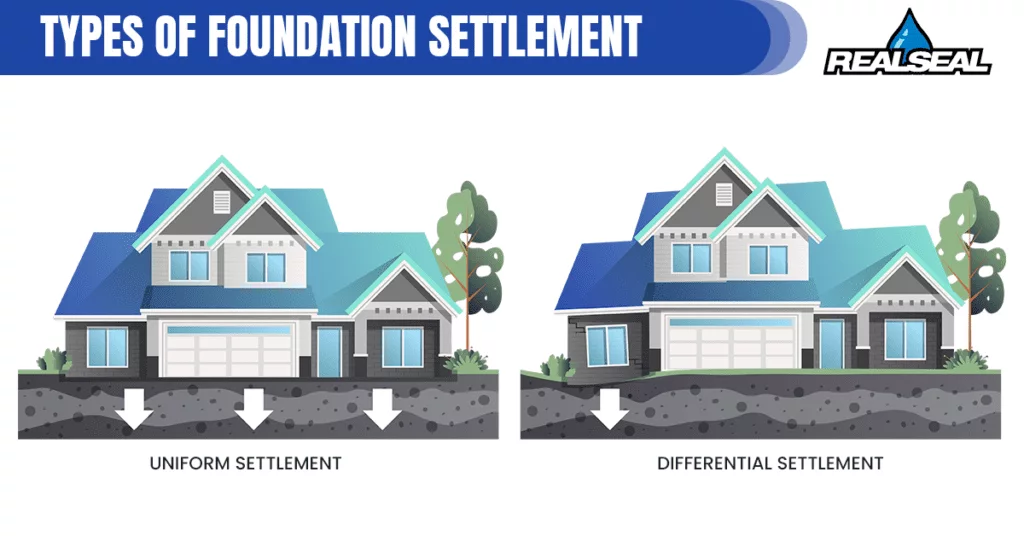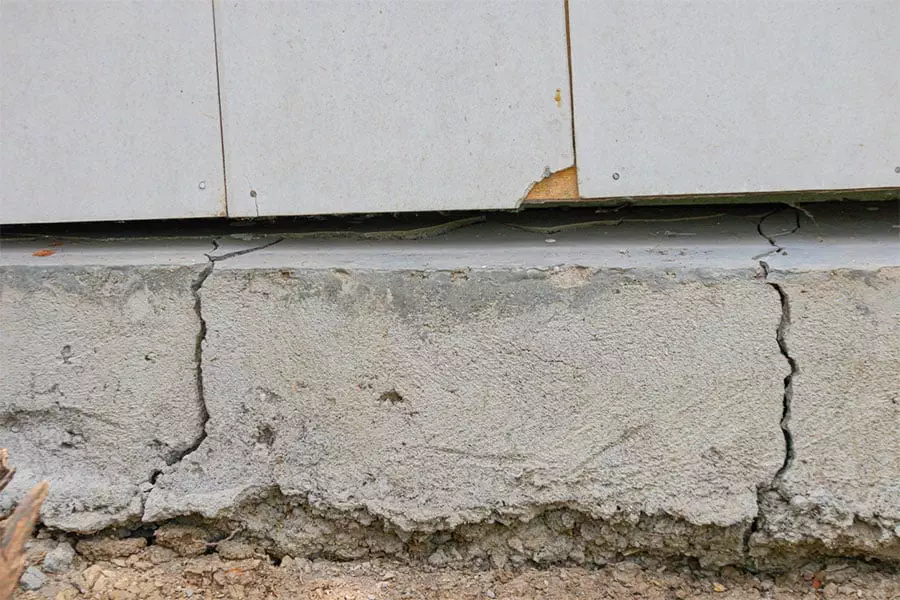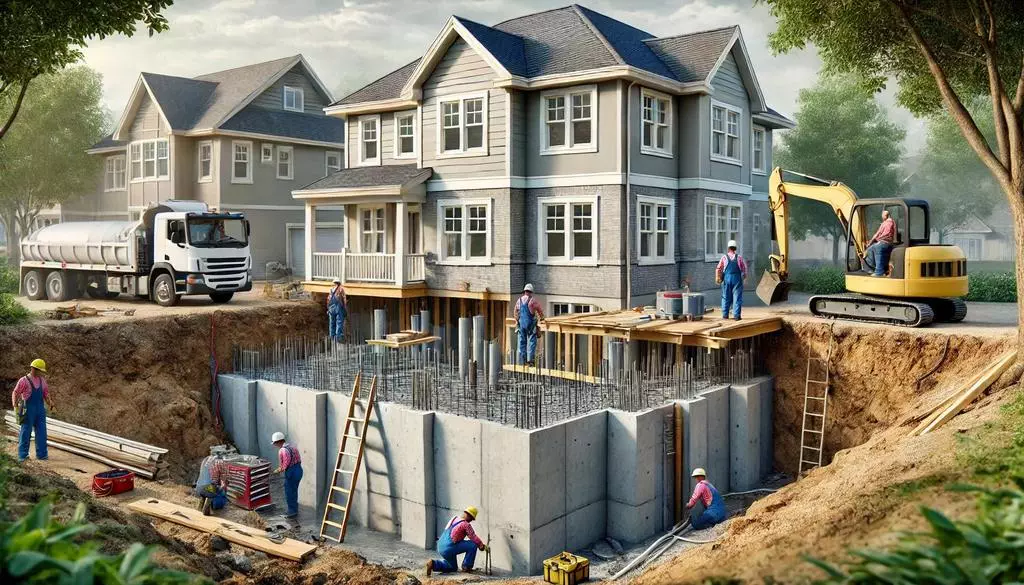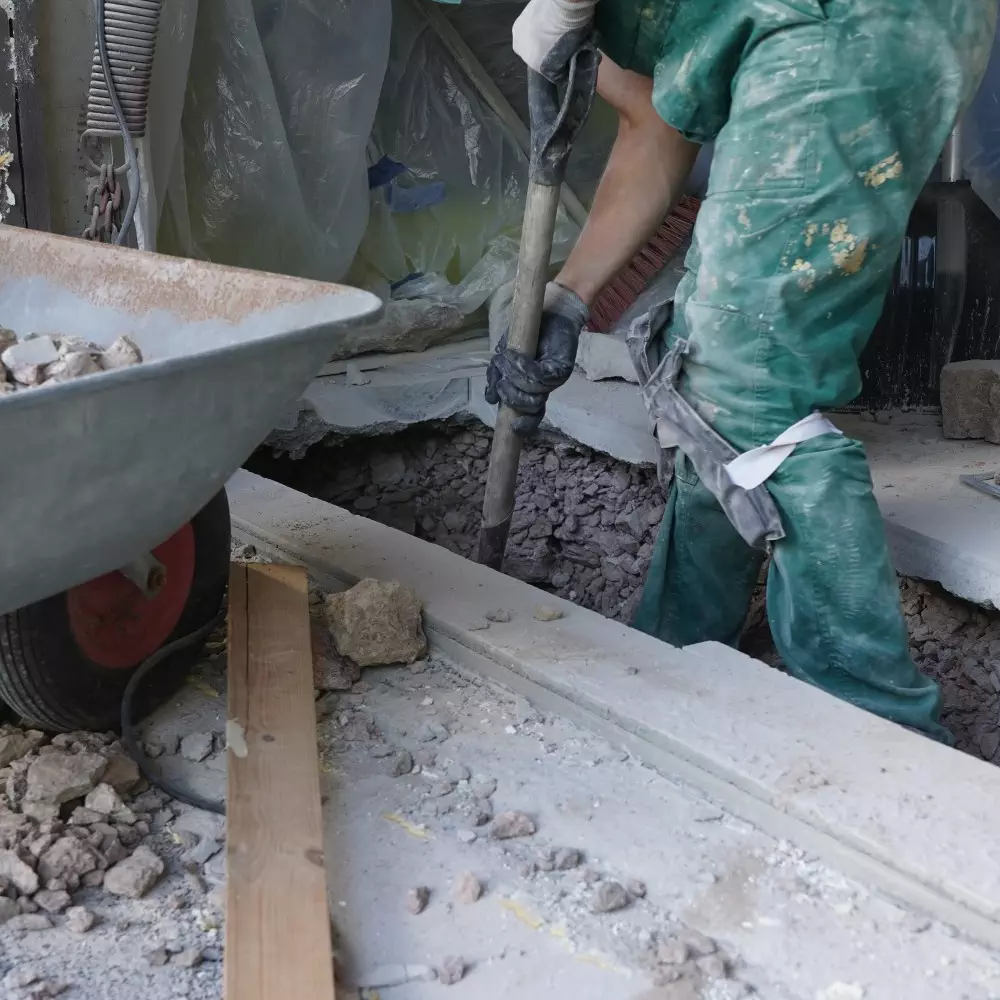
7 Little-Known Ways to Master Foundation Wall Repair
Have you ever noticed a crack in your basement wall and thought it was just part of an old home’s charm? Many people believe minor cracks are harmless, but these can be early signs of bigger problems. Foundation wall repair is not just about fixing cracks; it’s about ensuring your home’s stability and safety. Understanding these issues can help you protect your investment and avoid costly repairs later on.
You might think fixing a basement wall or stabilizing a structural wall is complicated. However, with the right knowledge, you can make informed decisions about concrete foundation repair and foundation crack repair. Whether it’s about wall stabilization or how crack injection works, knowing these techniques can give you peace of mind. Foundation waterproofing and wall reinforcement ensure that your home stands strong against time and elements.
Curious to discover these little-known techniques? Dive into these insights about foundation underpinning and retaining wall repair. Learn how to keep your home safe and sound!
Within the post
- Understand the Basics of Foundation Wall Repair
- Master Basement Wall Repair Techniques
- Explore Concrete Foundation Repair Options
- Focus on Effective Foundation Crack Repair
- Know the Importance of Wall Stabilization
- Integrate Foundation Waterproofing Techniques
- Develop Skills in Foundation Wall Reinforcement
Understand the Basics of Foundation Wall Repair
Identify Common Issues
When you’re dealing with foundation wall repair, it’s essential to start by looking for visible cracks and moisture. These are usually the first signs that something isn’t right with your walls. Sometimes, you might find water stains or even a bit of mold where there’s a moisture problem.
Besides cracks and moisture, you should also check for structural damage signs. Look for areas where the walls seem to be bowing or bending. This can mean that there might be some serious underlying issues. It’s important to keep an eye out for these signs to address them before they worsen. You don’t want small problems turning into big ones.
Initial Assessment Techniques
To get started with your assessment, you can use a level to check the alignment of your walls. This is a simple tool that can help you see if your walls are leaning or tilting. If the bubble in the level isn’t centered, then you might have an issue.
Another simple thing you can do is examine for uneven settling. What this means is you should look for parts of the floor or walls that seem to have shifted downwards. This might be because the ground beneath your house is moving. Spotting these changes early can save a lot of time and effort down the road.
Importance of Early Detection
Early detection of issues in foundation wall repair is crucial because it prevents costly repairs later. If you catch these problems soon enough, you can fix them before they get out of hand, saving your wallet from taking a big hit.
Moreover, detecting issues early ensures home safety. If your home has serious structural issues, it can be dangerous to live in. By making sure everything is stable, you can sleep easy knowing you and your family are safe.
Master Basement Wall Repair Techniques
Crack Injection Method
The crack injection method is a popular technique for dealing with basement wall repair. It fills and seals cracks effectively, preventing further moisture intrusion. This is a quick process, which means you can solve your problems without a long wait. Plus, it offers long-lasting results, making it a great choice for homeowners.
- Quick process
- Long-lasting results
Using this method can significantly improve basement stability. When your basement walls are sound, it helps prevent further damage and keeps everything in better shape.
Explore Concrete Foundation Repair Options
Surface Patching Techniques
One option for concrete foundation repair is surface patching. This is a quick, temporary solution that can help in a pinch. By smoothing uneven surfaces, you can make your walls look and function better for a short time.
Surface patching can be handy when you need a fast fix, but keep in mind it’s not a permanent solution.
Underpinning Solutions
Underpinning solutions are another effective way to deal with foundation issues. This method provides added foundation support and enhances structural stability significantly. It’s an excellent option for those wanting a more permanent solution.
By using underpinning, you can ensure that your foundation is strong and able to handle the weight of your home. This can be especially important if you’ve noticed any settling or other issues.
Wall Reinforcement Methods
A key part of foundation wall repair is strengthening weak areas. Wall reinforcement methods can help you do just that. By reinforcing parts of your wall, you can prevent further damage and keep your home safe.
These methods usually involve adding materials that support and stabilize the walls, like steel or carbon fiber.
Choosing the Right Materials
When it comes to foundation wall repair, choosing the right materials is crucial. You should consult with specialists to get the best advice. They’re knowledgeable and can guide you in picking materials that will work well for your particular situation.
Consider both durability and cost when making your decision. You want materials that will last a long time but won’t break the bank. Also, ensure compatibility with existing structures. This way, you’ll have a more seamless and effective repair.
Comparing Costs and Benefits
Foundation wall repair can be costly, so it’s wise to weigh options for investment benefits. Consider what you’re getting for your money and whether it’s worth it. Sometimes spending a little more upfront can save you a lot in the long run.
Make sure to think about the costs associated with neglecting repairs too. Often, ignoring problems can lead to more expensive fixes later.
Focus on Effective Foundation Crack Repair
Sealing vs. Repairing
When dealing with foundation crack repair, you need to understand the differences in methods. Sealing is often used for minor cracks to stop water from coming through. Repairing, on the other hand, is for fixing the problem more permanently. Depending on your situation, you might need one or the other, or both.
Long-Term Solutions
In the field of Foundation Crack Repair, long-term solutions are important. You want to ensure that the problem is fixed and won’t come back. Often, this requires more intensive repair methods. Investing in these solutions can save you from future headaches and expenses.
Know the Importance of Wall Stabilization
Wall stabilization is vital because it prevents structural failures. If your walls aren’t stable, it can lead to serious problems. Making sure your walls are stabilized means you’re less likely to run into issues later.
Wall Anchors
One technique for stabilization is using wall anchors. These provide lateral stability, which helps your walls stay upright. They also prevent further movement, which can be crucial if your home is shifting.
Another benefit is that wall anchors can minimize soil pressure. By reducing the pressure on your walls, you further reduce the risk of damage.
Use of Braces
Braces are another tool for wall stabilization. They enhance support for weakened walls, helping them stand strong. Using braces can be an effective way to keep your home’s walls in good shape, even if they’re under pressure.
The combination of methods like braces and anchors can be especially beneficial in providing a comprehensive stabilization plan.
Integrate Foundation Waterproofing Techniques
Drainage Systems
Foundation waterproofing is an essential part of maintaining your home. One technique you can use is installing drainage systems. These systems redirect water efficiently away from your foundation, preventing water from causing problems.
When water is properly directed, it’s less likely to seep into your basement or damage your foundation, making your home safer.
Barrier Installations
Another method of foundation waterproofing is barrier installations. These barriers seal against moisture intrusion, providing a protective layer for your home. By keeping water at bay, you can extend the life of your foundation and reduce the chance of damage.
Barriers are especially useful in areas prone to heavy rain or flooding.
Develop Skills in Foundation Wall Reinforcement
Foundation wall reinforcement is all about strengthening foundational integrity. By developing skills in this area, you can ensure that your home remains stable and sturdy over time.
Reinforcement Techniques
There are various reinforcement techniques you can use to improve the load-bearing capacity of your walls. Using steel or carbon fiber materials is common, as they provide strong support without taking up too much space.
By reinforcing your walls, you’re making sure they can handle whatever comes their way, from heavy loads to shifting soil.
Retaining Wall Repair Tips
Repairing retaining walls is a part of maintaining the overall structure of your property. Address soil erosion issues first, as this can lead to serious damage to your walls. When the soil around your walls erodes, it can cause instability.
Maintaining structural alignment is also crucial. When your walls are straight, they are less likely to fail, keeping everything in place and safe.
Hiring Professional Help
If you find foundation wall repair challenging, consider seeking expert guidance. Hiring professional help ensures quality workmanship. These professionals have the experience and know-how to get the job done right.
By choosing professionals, you can trust that everything will be handled properly, from material selection to final inspection.
Plan Regular Maintenance
To keep your foundation in tip-top shape, you should schedule inspections routinely. This practice helps identify potential problems early, allowing you to address them before they become costly repairs.
Regular maintenance is key to preventing issues and ensuring that your home remains safe and sound over the years.
Take Charge of Your Foundation Repairs
Fixing your foundation brings peace of mind. You boost your home’s safety and protect its value. By learning these strategies, you prepare yourself to handle challenges with confidence. Whether you need to address cracks or waterproof your basement, you gain skills that can help you make informed decisions.
Start by assessing your foundation’s condition. Look for cracks or damp spots in your basement. Consider reaching out to a local expert for advice on the best repair methods for your specific situation. Also, keep an eye on your home’s drainage system to prevent future issues.
Take action today. Begin your foundation checks and gather information. Your proactive steps safeguard your home’s integrity and provide long-lasting benefits. You’ve got this!
